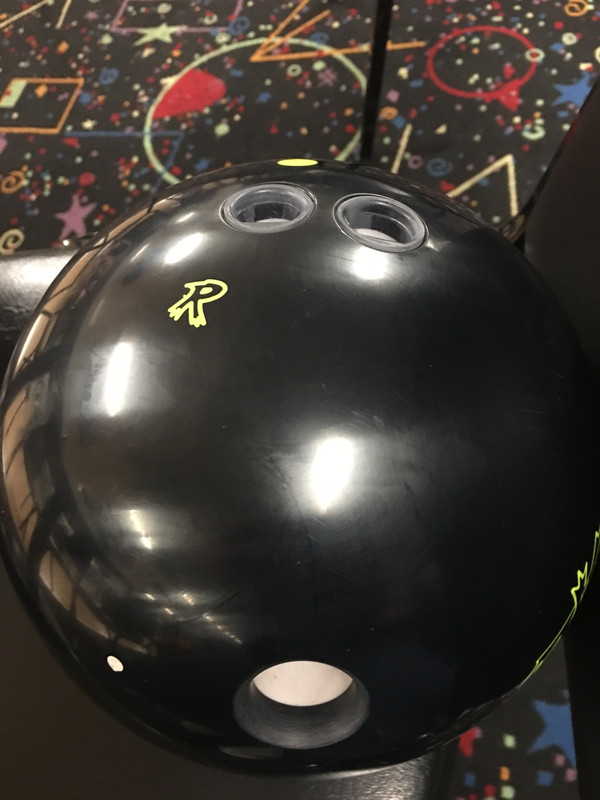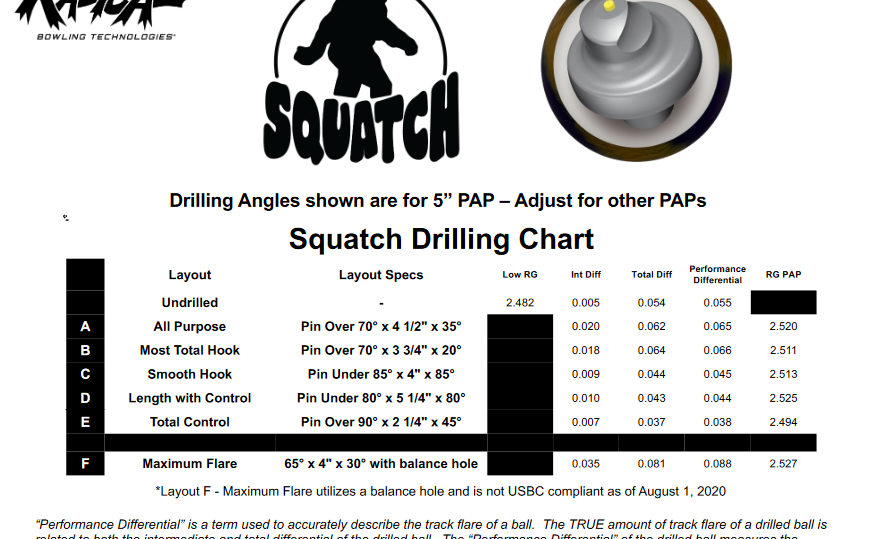
Originally Posted by
RobLV1

Okay, let's get started. Unfortunately the condition of my back limits how long I can sit at the computer, so this will take more than one session on my side.
The ball goes through 5 stages of motion in its trip down the lane. Hopefully you only see four of them. It starts by skidding through the oil, propelled by the momentum generated by your legs and armswing. This is called the skid phase. The skid phase continues until the ball starts to find friction and the force of the rotation imparted by your release becomes equal to the force of the forward motion of the ball. When the two forces become equal, the ball enters the hook phase. Keep in mind that the hook phase is dependent on the physics of the ball motion. It is not a measure of the amount of hook. When the ball stops hooking (hook-out), it begins to roll. When the ball begins to roll, it is at its most powerful. The goal is to get the ball to roll just before it enters the pins. If it rolls too early, it enters the fifth stage; roll-out. This is not a good thing. It results in weak sevens, solid nines, and washouts. Sound familiar?
As you have stated, you have low axis tilt. Bases on what you've said in the past, you also don't have a lot of axis rotation (your ball does not hook a lot). Because of your low axis tilt, the ball tends to reach the point where the side rotation and the forward momentum become equal for the simple reason that your low axis tilt combined with your lack of axis rotation means that the direction of the rotation of the ball is very close to the direction of the momentum. Because they are close, it means that the point of equality between the the two forces of forward momentum and side roll happens very quickly. In other words the ball starts to hook too soon.
With this in mind, is should be apparent to you that everything that you are doing to get the ball to hook more is counter-productive. Low RG balls and lots of surface do not make your balls hook more. They make your balls hook sooner. Now since the beginning of the hook phase is the beginning of a series of phases that cannot be altered once it starts, your use of low RG balls with lots of surface just result in a loss of energy that kills your ability to carry.
To get the balls further down the lane, you need cores with higher RG's and less surface. You need to learn to make use of the friction that exists past the pattern, rather than that which is outside the pattern laterally. I can tell you as another bowler with low axis tilt, the balls that I use regularly have low RG's of 2.60, 2.56, and 2.53. Even the ball with the RG of 2.53 has to be thrown very hard to get it far enough down the lane before it starts to hook.
Another misconception that you and many other league bowlers have is that the Differential is important. Differential is very important to high rev players. As rev rates go down, so does the importance of the differential. As an example, look at the Storm IQ Tour; one of the most popular Storm balls ever. Before the IQ Tour, Storm came out with original IQ. It had a very strong cover and a core with a very high differential. The touring pros found the ball to be too aggressive to be useful, so Storm came out with the IQ Tour, a ball with a much lower differential. Low and behold, the IQ Tour became one of their most popular balls among league bowlers despite its low differential. Bottom line, is that differential means very little to lower rev players.
When my back recovers, I'll get into layouts. Questions?





 Reply With Quote
Reply With Quote









Bookmarks